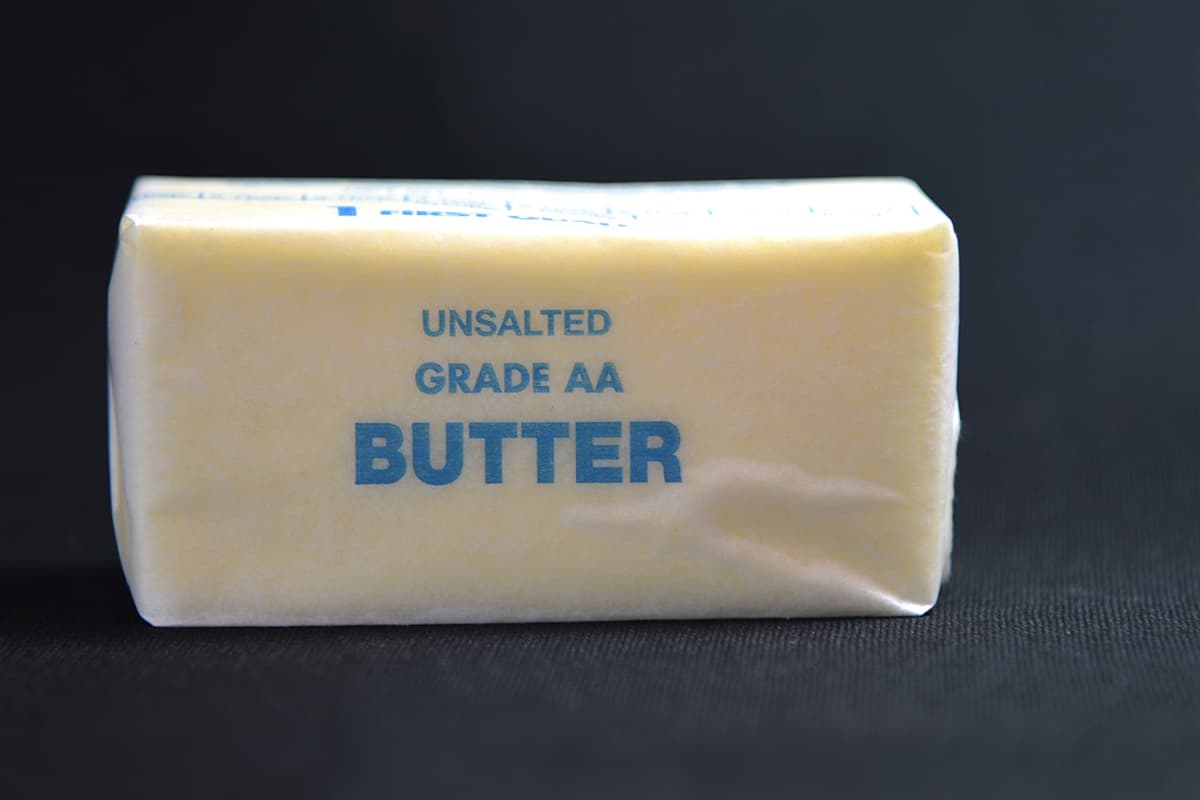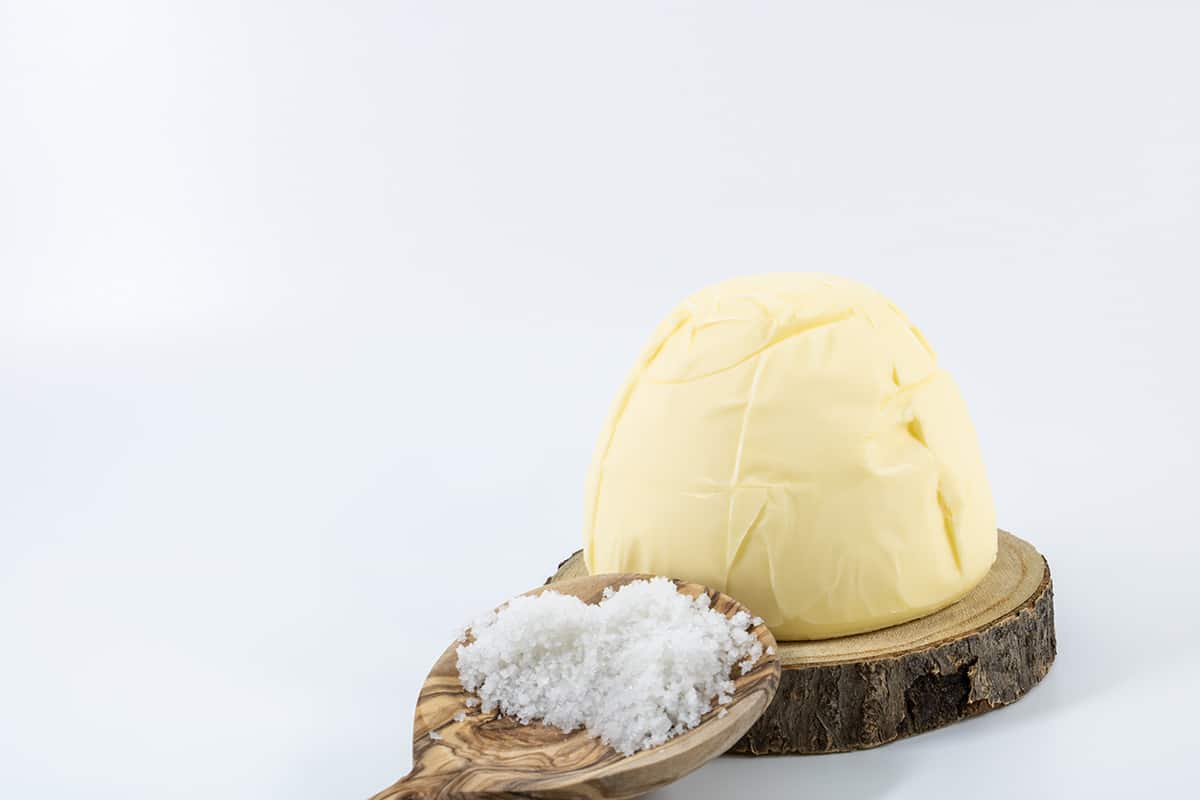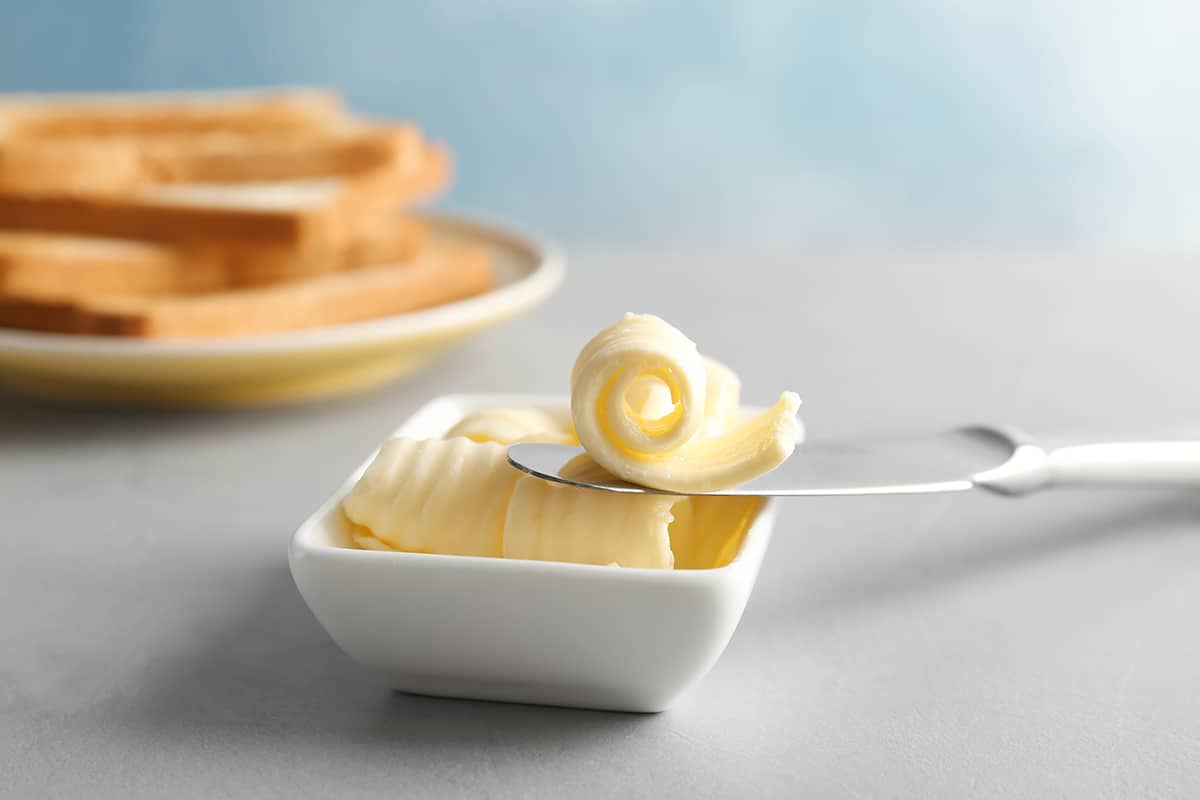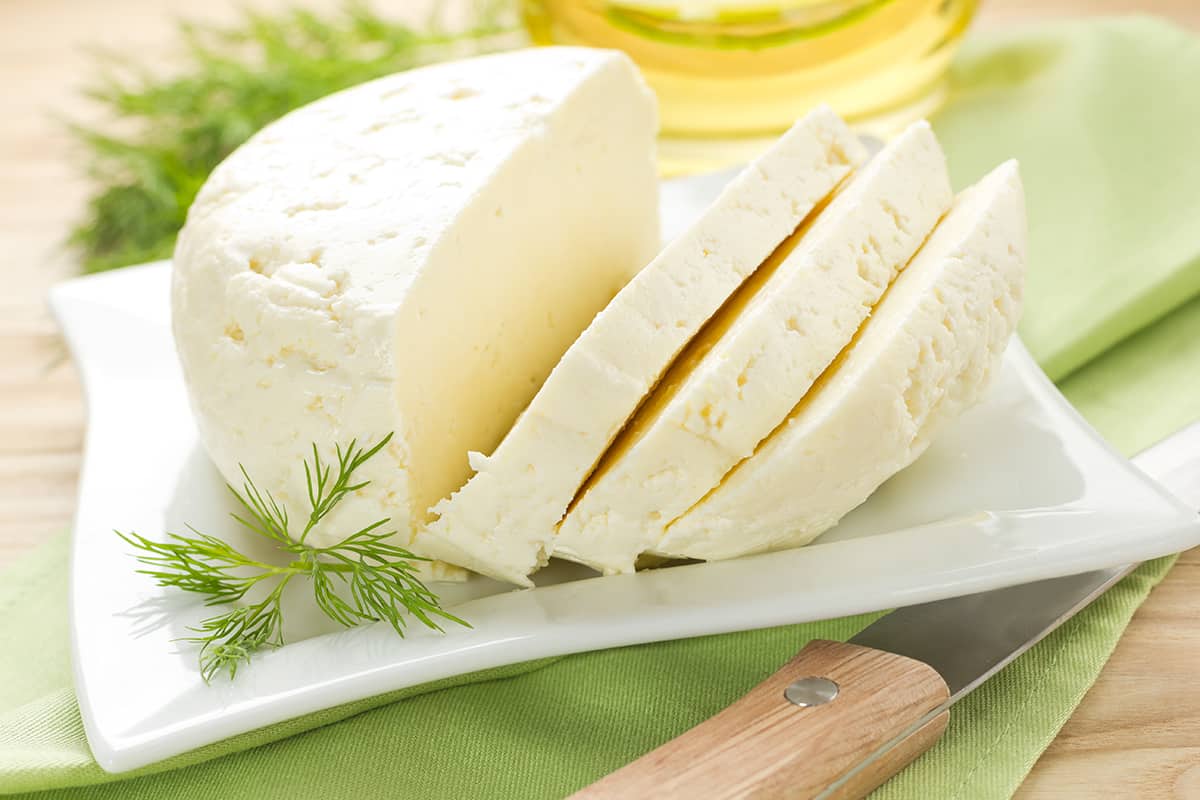One of the most common ingredients that a recipe will call for is unsalted butter. However, there are recipes that will ask that you use salted butter, which puts you in a kitchen conundrum if all you have on hand is sticks of unsalted butter. So, can you add salt to salted butter, and if so, how much salt should you add to butter?
You can add salt to unsalted butter to turn it into salted butter. The ratio of salt to unsalted butter to create salted butter is ¼ of a teaspoon of salt per ½ cup of unsalted butter or per one stick of unsalted butter.
But how exactly do you make salted butter if all you have is unsalted butter and salt on hand? I’ll answer this question and many more in the rest of this guide.
Differences Between Salted and Unsalted Butter
Before we dive into the crux of the matter, let’s spend a few moments talking about the basics. So, what are the differences between salted and unsalted butter?
To put it simply, the presence (or lack thereof) of butter is what distinguishes salted butter from unsalted butter. In terms of appearance and smoothness, the two are identical to each other. But why add salt to butter when shoppers can add as much or as little salt as they want later on? And what does the salt do to the butter?
To be frank, manufacturers add butter to salt to ensure that it has an even flavor throughout. Since we can over- or under-salt sticks of butter, it’s just easier to let butter makers add the flavor crystals for us. In fact, since different companies have different salt-to-butter ratios, you might find one brand of butter to be more delectable than another.
As for what the butter does, there are two primary reasons, which I’ll describe below.
Adds Flavor—natural, unsalted butter does not contain any salt, and as such, it has a very plain flavor. Adding salt counteracts the richness of butter, giving it a savory flavor that also works as a seasoning.
Increases Shelf Life—Compared to unsalted butter, salted butter has a longer shelf life. This is due to the fact that sodium is a natural preservative, so retailers are more likely to stock up on salted butter than they are the unsalted variety. Hence, this is why it’s far easier to find salted butter at the grocery store.
Can You Add Salt to Unsalted Butter?
Now, as for whether or not you can add salt to unsalted butter, the answer is a short yes, you can.
The amount of salt per stick of butter will vary from brand to brand. However, as a general rule, you can increase your butter’s flavor by adding ¼ of a teaspoon for every half-cup (or one stick) of butter.
How to Add Salt to Unsalted Butter?

Adding salt to butter isn’t as simple as sprinkling the flavor crystals on the surface of the stick of butter and hoping for the best. If you’re going to add salt to butter, you should do so by following these steps:
Remove the stick or sticks of butter from your refrigerator and allow them to come up to room temperature.
Place the softened butter in a mixing bowl.
For every stick of butter in the mixing bowl, add ¼ of a teaspoon.
Mix the butter using a spatula. You can use a whisk, but a whisk will introduce air into the butter, which will give it a completely different texture.
Taste the butter to determine whether or not it is as salty as you like.
Add more salt if needed. If you have over-salted the butter, add more sticks of butter.
Place the softened butter in a ramekin and cover with a sheet of cling film. Make sure the cling film is in contact with the surface of the butter to prevent odors from your fridge from permeating the butter and giving it a foul taste.
Alternatively, you can place the softened butter on a sheet of cling film and roll it into a log, making sure to twist the ends of the cling film to make it as airtight as possible.
Re-refrigerate the butter until it has hardened or use as a recipe calls.
Should I Buy Salted or Unsalted Butter?

Deciding whether to buy salted or unsalted butter is entirely up to you.
But for the most part, most baking recipes will ask you to use unsalted butter. If you’re trying to upgrade your baking game, it would probably be safer to purchase unsalted butter over salted butter.
On the other hand, if you use butter exclusively for cooking, then salted butter might be the less-stressful route. After all, you will end up adding salt to your dish, so you might as well take advantage of the salt content in salted butter.
As for those that rarely use butter, you should choose salted butter over unsalted butter. Remember that salted butter has a longer shelf life, so it will last for much longer than unsalted butter will inside your fridge.
How to Substitute Salted Butter
Let’s say you have salted butter at home, but the recipe you are following requires you to use unsalted butter. Clearly, you cannot un-salt salted butter since the crystals have pretty much dissolved in the stick of butter.
Thankfully, there’s a workaround you can try if all you have is salted butter at home. What you should do is use less salt in the recipe.
Say a chocolate chip cookie recipe asks for one cup (two sticks) of unsalted butter, as well as 1-1/2 teaspoons of salt. Since every stick of salted butter contains around ¼ of a teaspoon of salt, that means two sticks of salted butter would have half a teaspoon of salt already in it. Using simple math, we can determine that you should only use one teaspoon of salt.
Remember that even dessert recipes include a dash or a sprinkle of salt since salt can enhance the sweetness of the other ingredients.




